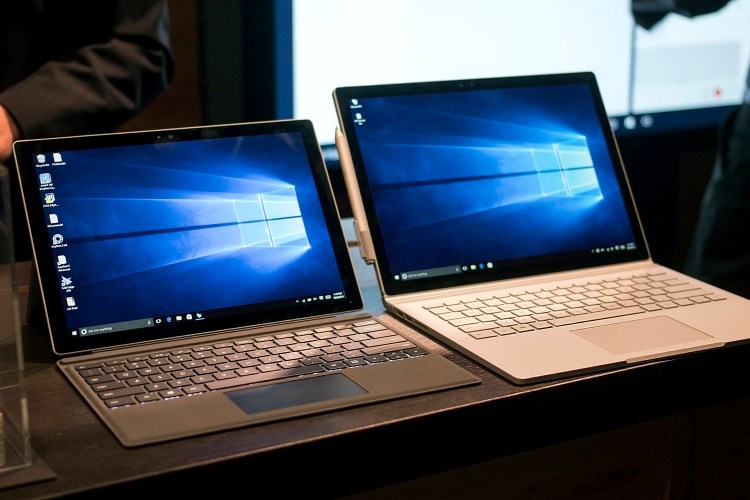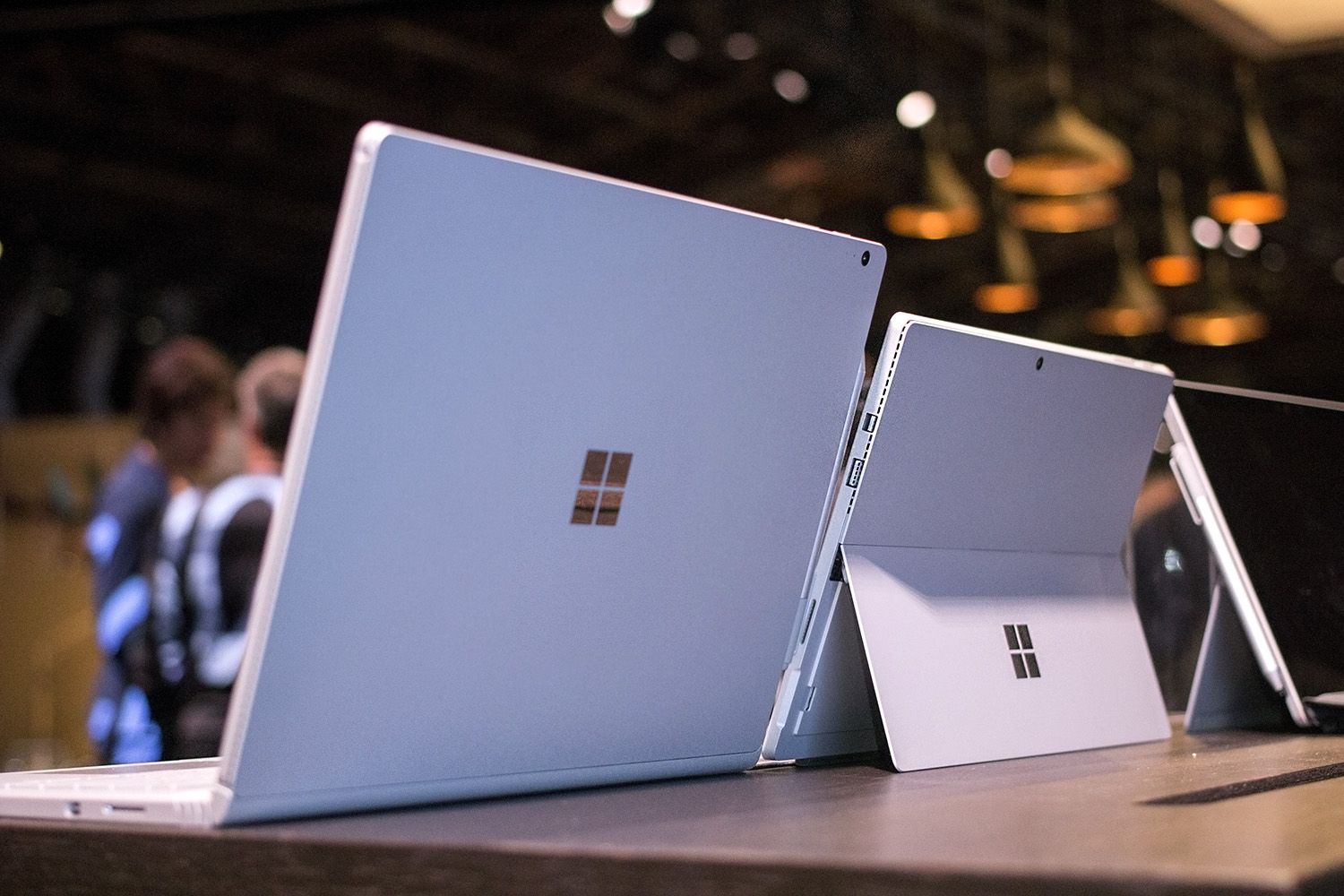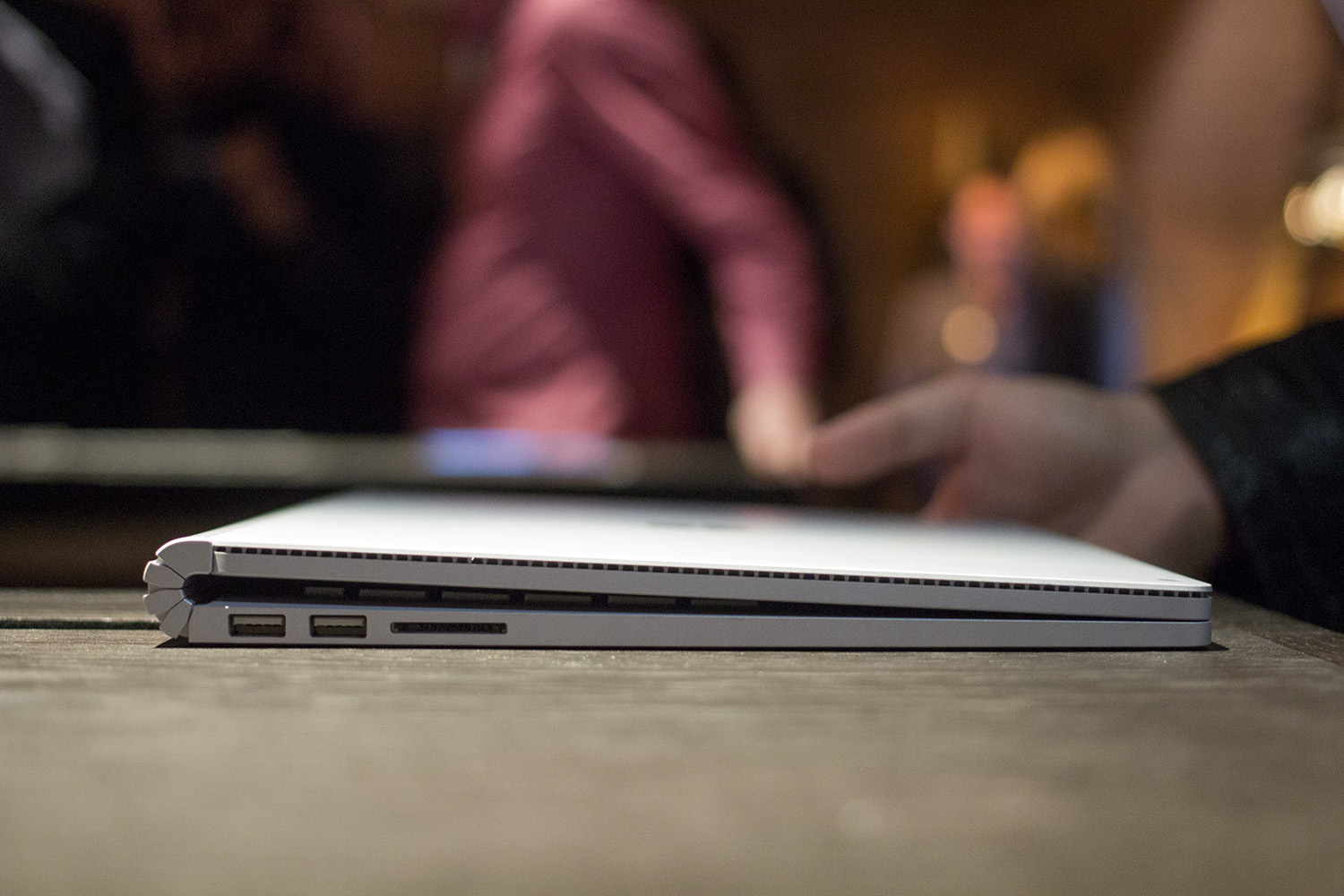Microsoft today unveiled the Surface Pro 4 and Surface Book, the company’s flagship Windows 10 computers. As their names imply, the former is an iterative release and the latter is a completely new product.
At first glance it may not seem like there’s much difference here: These are both lightweight productivity 2-in-1 computers. They both have touchscreens and attachable keyboards on the front as well as extendable hinges and Windows logos (in place of the Surface logos) on the back. They both work with the new Surface Pen, which now attaches magnetically on the left side.
It’s actually Microsoft’s marketing team that spells out the difference most clearly. The Surface Pro 4 is still supposed to be “the tablet that replaces your laptop” while the Surface Book is supposed to be “the ultimate laptop.”
June 5th: The AI Audit in NYC
Join us next week in NYC to engage with top executive leaders, delving into strategies for auditing AI models to ensure fairness, optimal performance, and ethical compliance across diverse organizations. Secure your attendance for this exclusive invite-only event.
Having used both at Microsoft’s event here in New York City, I can say that Microsoft is finally getting close. Though truth be told, I’m much more interested in the Surface Book than any other Surface.
Don’t get me wrong: The Surface Pro 4 has notable improvements over the Surface Pro 3, but it’s not hugely different. It’s thinner, lighter, and faster. It has a better-designed hinge, a better camera, and so on. The ports are the same. Yet none of that is what you’ll really notice from using it, unless you’re explicitly using one beside the Surface Pro 3 like I was.
What you will notice is the biggest improvement by far: the new Type Cover keyboard. The keys are now spaced out, and they just don’t feel like crap anymore. They’re not flimsy. I finally feel like I can get some real typing done on this device.
And yet, if I want to do some serious typing, I would rather do it on a Surface Book. The device is gorgeous.
It’s surprisingly light for the power it packs. This is a 13-inch laptop that simply doesn’t have many drawbacks.
The biggest is probably the awkward hinge:
It doesn’t look particularly pretty, but it works very well. The Surface Book simply attaches and detaches without a hitch. You can flip the display and put it on backwards, and then use the hinge to put the screen flat on its back.
The biggest thing here is that the Surface Book just feels like a premium device. It’s a laptop that I’m genuinely looking forward to putting through its paces.
With all the Surface devices, I’m always worried that they’re too small to comfortably type on. And I’m always saddened that this ends up being the case, iteration after iteration.
We’ll need to spend some more time with both to get a proper verdict. We can’t say we’re sold just yet, but we’re certainly impressed. This is the biggest Surface launch since the original Surface.
Both Surfaces will become available for preorder on October 7 (tomorrow) and start shipping on October 26.






